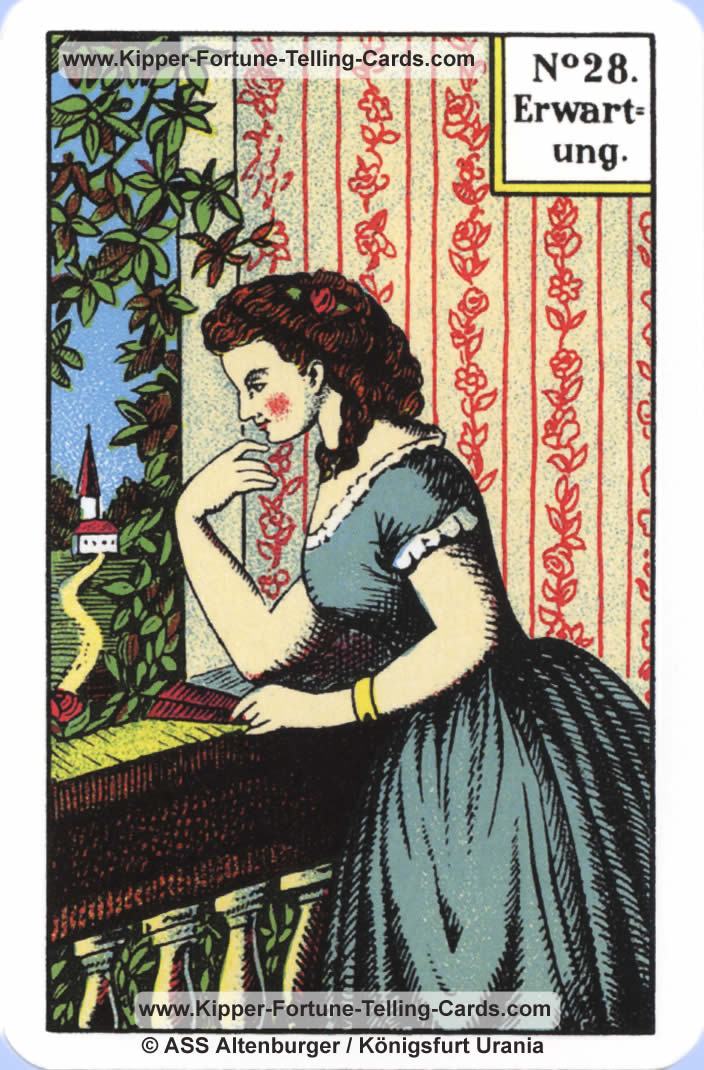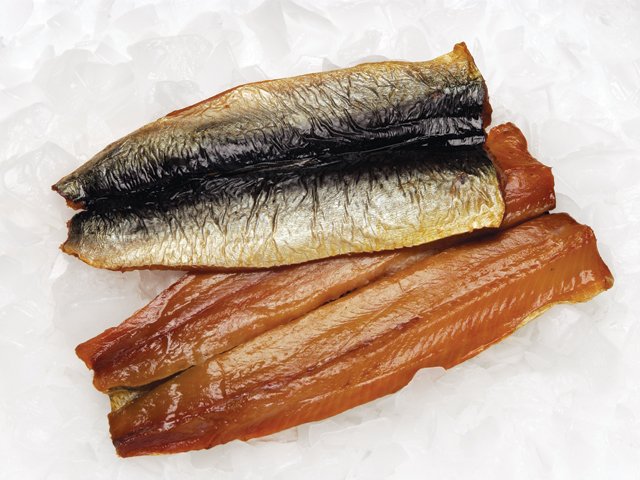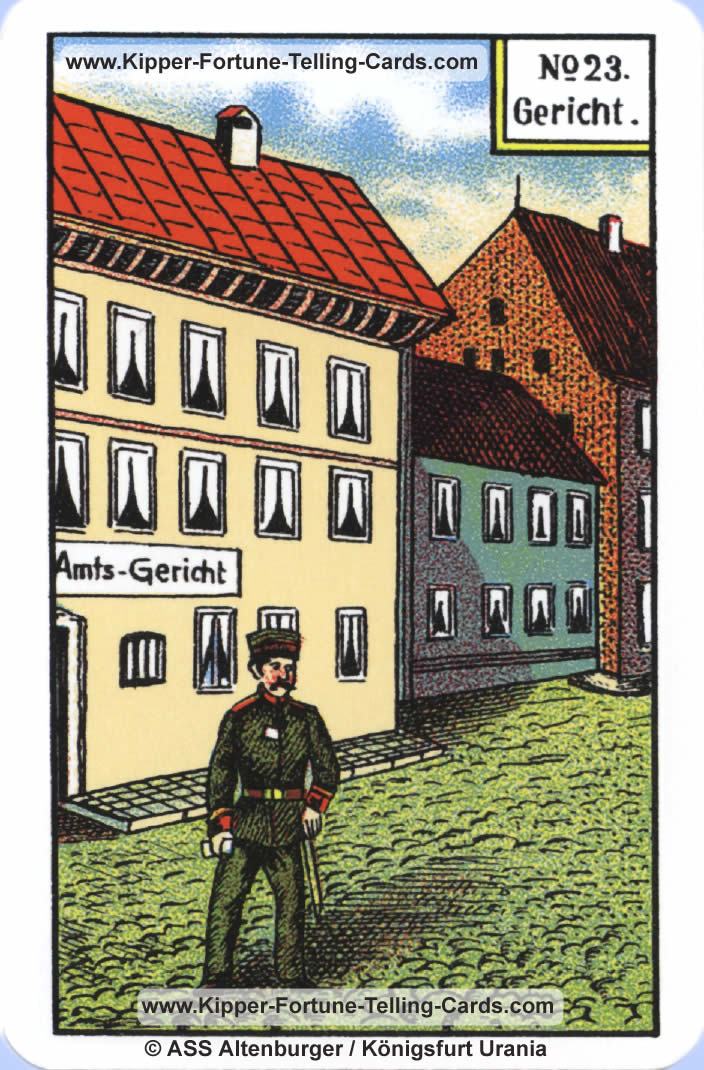

“Whether on or off the bone, a good kipper needs only to be grilled as it is, fried in a little butter or poached in a little milk.
#Kipper meaning how to#
Keep it simple is the advice in The River Cottage Fish Book by Hugh Fearnley-Whittingstall and Nick Fisher (A&C Black, 2007) when it comes to how to cook kippers. Rich in omega fatty acids, vitamins D and B12, niacin, riboflavin Kippers are also a rich source of vitamin D to help teeth and bones grow stronger and reduce the risk of some health conditions. When it comes to nutrition, this smoked fish is a winner – low in calories, high in protein and packed with omega-3 fatty acids, which are important for good health. Kipper fillets have fewer bones and are cut from below the head to just above the tail.
#Kipper meaning free#
They’re free from additives and dye, and are prepared with the central bone in place. Our whole kippers are herring that have been split and then smoked over a blend of hardwoods. Kippers are quick and easy to cook, whether from chilled or frozen, or alternatively boiled in the bag. The best kippers are pale copper in colour and have delicate flesh, smoky and sweet tasting, that pulls away easily from the bone when cooked. Here at Fresh Fish Daily, our kippers are landed in the north-east Atlantic Ocean and supplied by the Port of Lancaster Smokehouse. A resilient fish that swims in vast shoals with no bycatch, herring comes mainly from the North Sea and Norwegian waters. That’s good news when it comes to sustainability as herring is on the Marine Conservation Society’s list of fish to eat. They travel in vast schools, providing food for larger predators such as cod, salmon and tuna.


One of the most abundant species of fish in the world, herring eat tiny organisms such as copepods, pteropods and other planktonic crustaceans, as well as fish larvae. With a small head and distinctive silver colouring, they are slightly blue at the top of their body and paler underneath, growing to between 30cm and 38cm in length. There are close to 200 species of herring but only a few are caught for food, including the Atlantic herring ( Clupea harengus). Herring is a species of slab-sided northern fish belonging to the family Clupeidae (order Clupeiformes). Add in the complex flavours created by the smoking process and there’s a lot to love about this humble smoked fish. Our grandparents were on to something – this oily fish has numerous health benefits and it’s also low in price. The smoked fish were popular right up until the 1970s and the rise of fast food, when the pungent smell of smoked fish fell out of favour. It’s the oiliness of the herring that makes it perfect for smoking.Īt one time the quintessential breakfast of the Victorians and Edwardians, kippers were also enjoyed at high tea and supper time. Of course, fish have been smoked and salted for centuries, but it wasn’t until the mid 19 th century that kippering became popular in the United Kingdom. It’s this process that is known as kippering, one which gives us the expression “on tenterhooks”.

We’ve all heard of kippers but not everyone is sure exactly what they are.Ī kipper is a whole herring that has been sliced in half from head to tail, gutted, salted or pickled, then smoked. Sales are on the rise – all thanks to the nutritional benefits and new-found love of this seriously smoky fish. The adjective, "of or resembling copper," is from 1570s the verb, "to cover with copper" is from 1520s.If you think kippers are just something your grandparents used to eat, think again. Chemical symbol Cu is from cuprum.Īs "a copper coin," from 1580s as "a vessel made of copper," 1660s. In Latin, aes was the common word for "cash, coin, debt, wages" in many figurative expressions. Latin aes originally was "copper," but this was extended to its alloy with tin (see bronze), and as this was far more extensively used than pure copper, the word's primary sense shifted to the alloy and a new word evolved for "copper," from the Latin form of the name of the island of Cyprus, where copper was mined (the alchemists associated copper with Venus).Īes passed into Germanic (which originally did not distinguish copper from its alloys) and became English ore. Malleable metallic element, noted for its peculiar red color, tenacity, malleability, and electric conductivity, late Old English coper, from Proto-Germanic *kupar (source also of Middle Dutch koper, Old Norse koparr, Old High German kupfar), from Late Latin cuprum, contraction of Latin Cyprium (aes) "Cyprian (metal)," after Greek Kyprios "Cyprus" (see Cyprus).Īncient Greek had khalkos "ore, copper, bronze " an old IE word for "ore, copper, bronze" is retained in Sanskrit ayah, Latin aes.


 0 kommentar(er)
0 kommentar(er)
